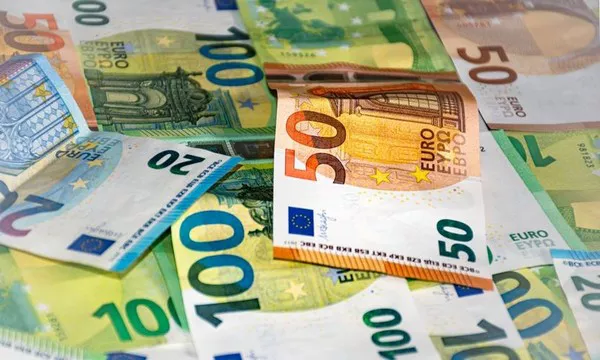EUR/USD is witnessing a slight decline as traders secure profits ahead of the weekend, following a robust performance on Thursday when the bulls tested the 1.1000 level for the first time since early January.
The currency pair is currently in a short-term uptrend, largely driven by the anticipation that the US Federal Reserve (Fed) may be closer to implementing interest rate cuts compared to the European Central Bank (ECB). Typically, a reduction in interest rates is viewed negatively for a currency as it diminishes foreign capital inflows.
Before the ECB meeting on Thursday, analysts speculated about April as a potential, albeit unlikely, timeframe for initiating rate cuts. However, during her press conference after the meeting, ECB President Christine Lagarde stated, “We have not discussed rate cuts at this meeting,” indicating that April is not under consideration. Lagarde’s remarks suggested that the ECB policymakers are unlikely to seriously consider rate cuts until June, awaiting more data.
In contrast, Federal Reserve Chairman Jerome Powell conveyed a more dovish stance during his testimony to the Senate Banking Committee on Thursday. Powell noted, “We’re not far” from inflation reaching a level where rate cuts would be deemed acceptable.
Looking ahead, the next significant event for EUR/USD will be the release of US Nonfarm Payrolls (NFP) data on Friday at 13:30 GMT. If the jobs data aligns with earlier indicators such as ADP, JOLTS, and jobless claims, indicating softness, it may suggest a growing possibility of interest rate cuts, putting downward pressure on the USD and providing an additional boost to EUR/USD.
Analysts are forecasting headline Nonfarm Payrolls to show an additional 200K jobs in February, with the Unemployment Rate expected to remain steady at 3.7%. The crucial Average Hourly Earnings figure is anticipated to reveal a 4.4% YoY rise and a 0.3% MoM advance. Moreover, Average Weekly Hours are expected to increase to 34.3 from 34.1, indicating potential positive implications for the US economy and the US Dollar.
Turning to technical analysis, the EUR/USD, having climbed from February’s lows at 1.0600 to the 1.0900s, exhibits a tentative short-term uptrend. However, indicators such as the Relative Strength Indicator (RSI) exiting the oversold zone and a potential completion of a three-wave ABC measured move pattern at the recent 1.0956 highs suggest a developing pullback in the pair.

























